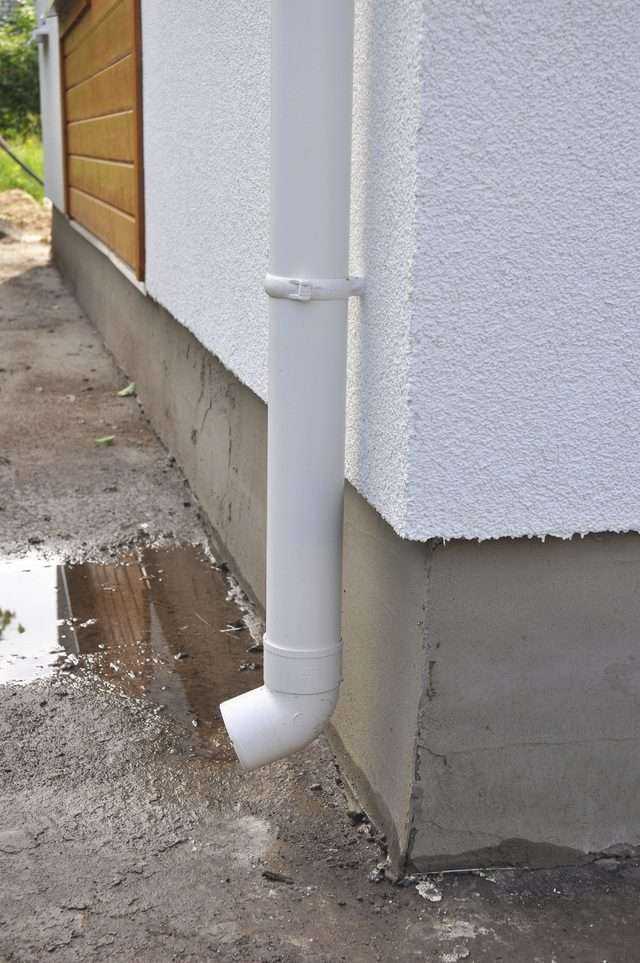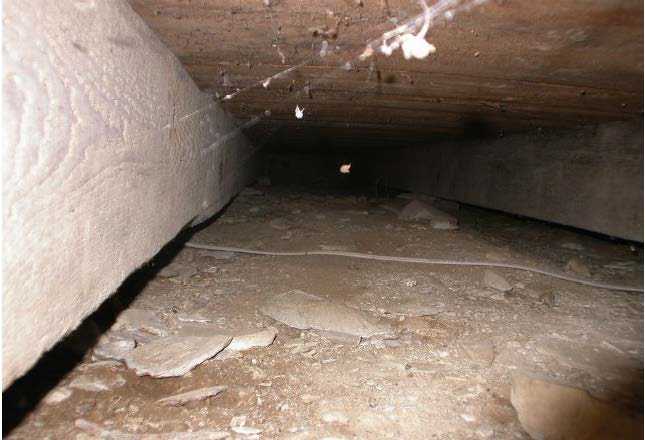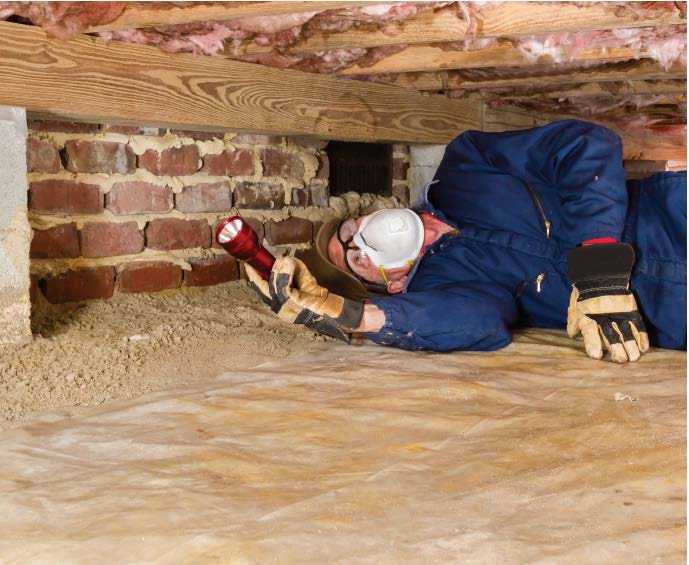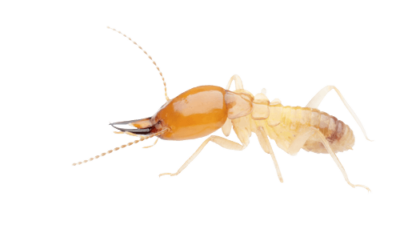Termite Conducive Conditions
PURCOR Pest Solutions can help protect your home and your family with our proactive, preventive service: The Residential Defense Program.
"*" indicates required fields
If you own a home in the Southeast—Florida, Georgia, and South Carolina in particular—then there’s a high probability that a termite colony already exists on or very close to your property. There’s an average of between 10 and 13 subterranean termite colonies per every acre of land in our region of the country.

Although you can’t eradicate every termite colony living beneath the soil, you can arm yourself by understanding the conditions that are conducive to termite activity near or in your home.
Condition 1: Moisture
As their name implies, subterranean termites live underground in the damp soil. However, these wood-destroying insects can thrive above ground as long as they have a source of moisture.
Typical moisture points and sources that we see around homes include:
- Puddling near the foundation as a result of diverters/gutters not properly leading rainwater away from the house
- Leaking vent pipes close to the foundation
- Standing water and/or wet siding caused by sprinklers soaking the home
As their name implies, subterranean termites live underground in the damp soil. However, these wood-destroying insects can thrive above ground as long as they have a source of moisture.
Typical moisture points and sources that we see around homes include:
- Puddling near the foundation as a result of diverters/gutters not properly leading rainwater away from the house
- Leaking vent pipes close to the foundation
- Standing water and/or wet siding caused by sprinklers soaking the home
Condition 2: Wood-to-Earth Contact
Most homes are built on a foundation, such as a concrete slab, which keeps the wood frame from making direct contact with the ground. However, homeowners often unknowingly invite termites into their home by providing a food source that directly touches the home’s exterior and the earth.
Common examples of this include:
- Woodpiles or other wooden materials stacked against or next to the home
- Landscape timbers that run directly up to the home’s siding or foundation
- Wooden fences or decks that attach directly to the home
Most homes are built on a foundation, such as a concrete slab, which keeps the wood frame from making direct contact with the ground. However, homeowners often unknowingly invite termites into their home by providing a food source that directly touches the home’s exterior and the earth.
Common examples of this include:
- Woodpiles or other wooden materials stacked against or next to the home
- Landscape timbers that run directly up to the home’s siding or foundation
- Wooden fences or decks that attach directly to the home
Condition 3: Unmonitored Crawlspaces

Homes with crawlspaces can be particularly vulnerable to termite attacks. This is due to the fact that most crawlspaces do not actually receive termite treatment—usually only the foundation walls, piers, and the outer perimeter of the home are treated.
The following are some of the most common conditions we find in crawlspaces that can potentially lead to termite activity:
- Storing household goods in the crawlspace, particularly items made of wood
- Standing water, leaking pipes and puddling in the crawlspace
- Not having proper ventilation in the crawlspace to prevent moisture buildup

Homes with crawlspaces can be particularly vulnerable to termite attacks. This is due to the fact that most crawlspaces do not actually receive termite treatment—usually only the foundation walls and the outer perimeter of the home are treated.
The following are some of the most common conditions we find in crawlspaces that can potentially lead to termite activity:
- Storing household goods in the crawlspace, particularly items made of wood
- Standing water, leaking pipes and puddling in the crawlspace
- Not having proper ventilation in the crawlspace to prevent moisture buildup
Condition Control and Termite Warranties
It’s important to understand that termites can still find a way into your home even if none of these conducive conditions exist. For example, termites don’t need direct wood-to-earth contact to enter your house—they can bridge across concrete or other gaps in mud tubes, which they construct from a mixture of soil, fecal matter and saliva.
This is why it is critical to invest in a termite warranty with a reputable termite management company. A solid warranty will ensure that your home is covered in the event of termite damage.
If you have termites or want to learn more about how PURCOR approaches termite control, give us a call today.
